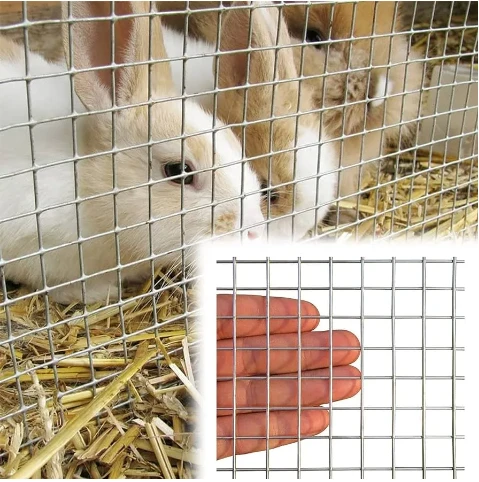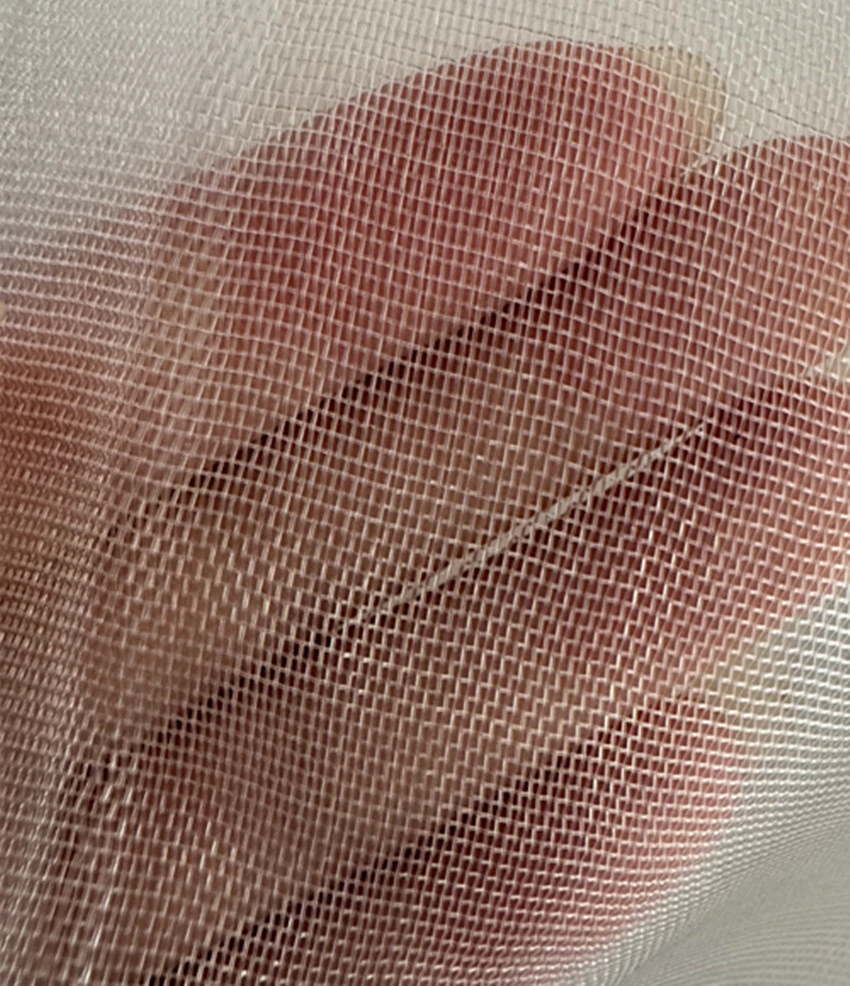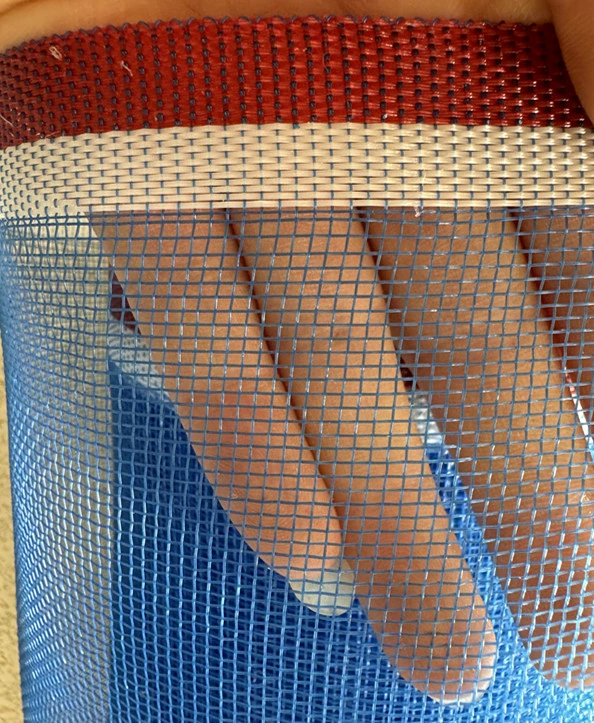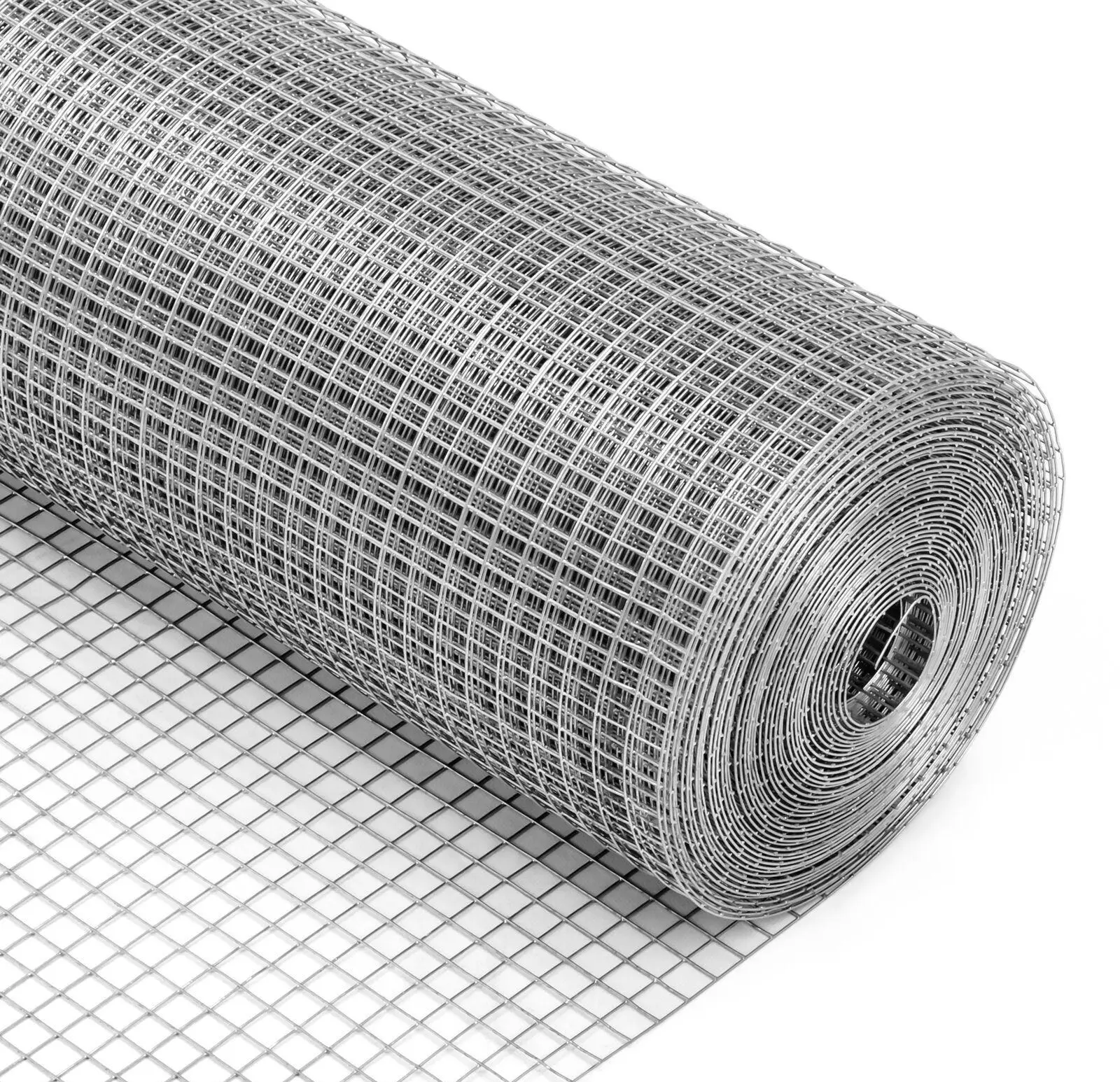-
 Afrikaans
Afrikaans -
 Albanian
Albanian -
 Amharic
Amharic -
 Arabic
Arabic -
 Armenian
Armenian -
 Azerbaijani
Azerbaijani -
 Basque
Basque -
 Belarusian
Belarusian -
 Bengali
Bengali -
 Bosnian
Bosnian -
 Bulgarian
Bulgarian -
 Catalan
Catalan -
 Cebuano
Cebuano -
 China
China -
 Corsican
Corsican -
 Croatian
Croatian -
 Czech
Czech -
 Danish
Danish -
 Dutch
Dutch -
 English
English -
 Esperanto
Esperanto -
 Estonian
Estonian -
 Finnish
Finnish -
 French
French -
 Frisian
Frisian -
 Galician
Galician -
 Georgian
Georgian -
 German
German -
 Greek
Greek -
 Gujarati
Gujarati -
 Haitian Creole
Haitian Creole -
 hausa
hausa -
 hawaiian
hawaiian -
 Hebrew
Hebrew -
 Hindi
Hindi -
 Miao
Miao -
 Hungarian
Hungarian -
 Icelandic
Icelandic -
 igbo
igbo -
 Indonesian
Indonesian -
 irish
irish -
 Italian
Italian -
 Japanese
Japanese -
 Javanese
Javanese -
 Kannada
Kannada -
 kazakh
kazakh -
 Khmer
Khmer -
 Rwandese
Rwandese -
 Korean
Korean -
 Kurdish
Kurdish -
 Kyrgyz
Kyrgyz -
 Lao
Lao -
 Latin
Latin -
 Latvian
Latvian -
 Lithuanian
Lithuanian -
 Luxembourgish
Luxembourgish -
 Macedonian
Macedonian -
 Malgashi
Malgashi -
 Malay
Malay -
 Malayalam
Malayalam -
 Maltese
Maltese -
 Maori
Maori -
 Marathi
Marathi -
 Mongolian
Mongolian -
 Myanmar
Myanmar -
 Nepali
Nepali -
 Norwegian
Norwegian -
 Norwegian
Norwegian -
 Occitan
Occitan -
 Pashto
Pashto -
 Persian
Persian -
 Polish
Polish -
 Portuguese
Portuguese -
 Punjabi
Punjabi -
 Romanian
Romanian -
 Russian
Russian -
 Samoan
Samoan -
 Scottish Gaelic
Scottish Gaelic -
 Serbian
Serbian -
 Sesotho
Sesotho -
 Shona
Shona -
 Sindhi
Sindhi -
 Sinhala
Sinhala -
 Slovak
Slovak -
 Slovenian
Slovenian -
 Somali
Somali -
 Spanish
Spanish -
 Sundanese
Sundanese -
 Swahili
Swahili -
 Swedish
Swedish -
 Tagalog
Tagalog -
 Tajik
Tajik -
 Tamil
Tamil -
 Tatar
Tatar -
 Telugu
Telugu -
 Thai
Thai -
 Turkish
Turkish -
 Turkmen
Turkmen -
 Ukrainian
Ukrainian -
 Urdu
Urdu -
 Uighur
Uighur -
 Uzbek
Uzbek -
 Vietnamese
Vietnamese -
 Welsh
Welsh -
 Bantu
Bantu -
 Yiddish
Yiddish -
 Yoruba
Yoruba -
 Zulu
Zulu
Premium Steel Cage Mesh Solutions Durable & Corrosion-Resistant
- Understanding the Role of Steel Cage Mesh in Modern Applications
- Technical Advantages: Durability and Design Flexibility
- Manufacturer Comparison: Performance Metrics and Pricing
- Custom Solutions for Industry-Specific Requirements
- Case Studies: Real-World Applications and Results
- Installation Best Practices and Maintenance Guidelines
- Future Trends in Steel Cage Mesh Innovation

(steel cage mesh)
Understanding the Role of Steel Cage Mesh in Modern Applications
Steel cage mesh, including variants like steel mesh for cage and stainless steel wire cage, has become indispensable across industries due to its structural integrity and adaptability. These meshes are engineered to withstand extreme conditions, offering load-bearing capacities of up to 1,500 lbs/sq ft, making them ideal for agricultural, industrial, and construction environments. A 2023 market analysis revealed a 12% annual growth in demand, driven by increased infrastructure projects and automation in manufacturing.
Technical Advantages: Durability and Design Flexibility
Manufactured from high-grade stainless steel or galvanized wire, steel cage mesh
provides exceptional resistance to corrosion, temperature fluctuations (-40°F to 1,200°F), and mechanical stress. Key features include:
- Wire diameters ranging from 1.5 mm to 6 mm
- Mesh sizes customizable between 10x10 mm and 100x100 mm
- Optional PVC coating for enhanced chemical resistance
Compared to traditional materials like wood or plastic, steel mesh delivers a 40% longer lifespan in harsh environments, according to ASTM International standards.
Manufacturer Comparison: Performance Metrics and Pricing
| Manufacturer | Material Type | Max Load Capacity | Corrosion Resistance | Price per sqm |
|---|---|---|---|---|
| Supplier A | Galvanized Steel | 1,200 lbs | Class 3 | $18.50 |
| Supplier B | Stainless Steel 304 | 1,800 lbs | Class 5 | $27.90 |
| Supplier C | Stainless Steel 316 | 2,000 lbs | Class 6 | $34.75 |
Custom Solutions for Industry-Specific Requirements
Tailored steel cage mesh configurations address unique operational challenges. For example, food processing facilities often require stainless steel wire cage systems with antimicrobial coatings, while mining operations prioritize abrasion-resistant meshes with 8 mm wire diameters. Advanced CAD-driven production enables precision welding, achieving tolerances within ±0.5 mm for critical applications.
Case Studies: Real-World Applications and Results
Project 1: A poultry farm replaced traditional fencing with galvanized steel mesh cages, reducing maintenance costs by 60% over three years. Project 2: In offshore oil rigs, 316-grade stainless steel meshes demonstrated 99% corrosion resistance after 5 years of saltwater exposure. Productivity metrics showed a 22% improvement in safety compliance across both cases.
Installation Best Practices and Maintenance Guidelines
Proper installation of steel cage mesh involves:
- Ground preparation with 4-inch gravel base
- Anchoring posts spaced ≤ 6 feet apart
- Tensioning systems to maintain ≤ 0.25" deflection
Bi-annual inspections using ultrasonic thickness gauges can extend service life by up to 8 years beyond warranty periods.
Future Trends in Steel Cage Mesh Innovation
The steel cage mesh sector is evolving with smart sensor integration and nano-coating technologies. Recent prototypes feature embedded strain gauges that provide real-time structural health data, while graphene-enhanced coatings promise to triple wear resistance. As global infrastructure investments exceed $4 trillion annually, these advancements position steel mesh solutions as critical components in sustainable development projects.
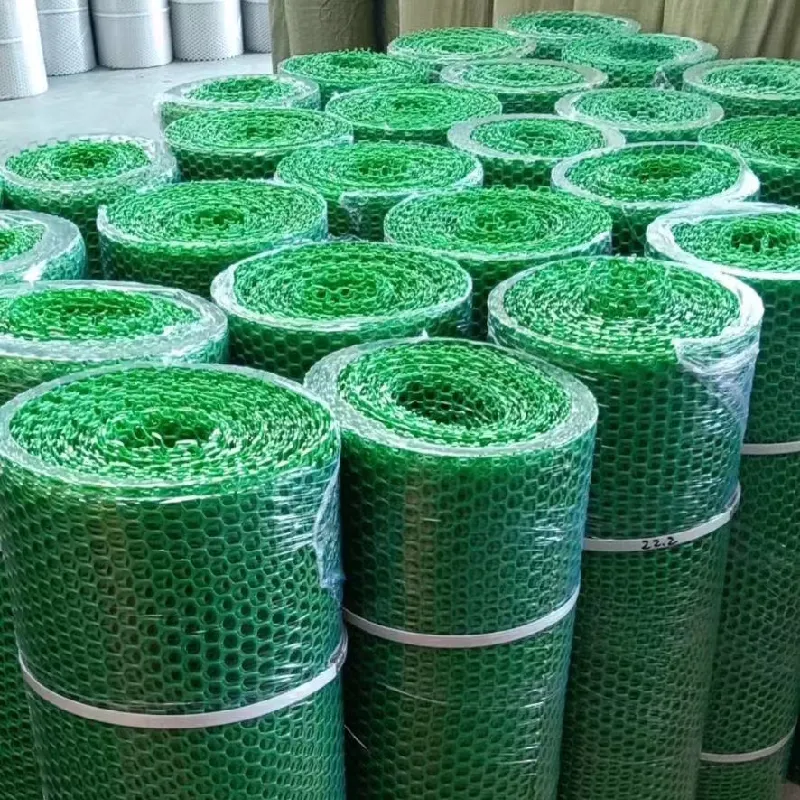
(steel cage mesh)
FAQS on steel cage mesh
Q: What are the primary applications of steel cage mesh?
A: Steel cage mesh is commonly used in construction, agriculture, and industrial fencing. It provides structural support and security in animal enclosures, machinery guards, and partition walls. Its durability makes it ideal for heavy-duty applications.
Q: How does stainless steel wire cage differ from regular steel mesh?
A: Stainless steel wire cage offers superior corrosion resistance and longevity compared to standard steel mesh. It’s preferred for outdoor or humid environments like marine settings. Regular steel mesh may require coatings for similar protection.
Q: Can steel mesh for cage be customized in size and shape?
A: Yes, steel mesh for cage can be tailored to specific dimensions and weave patterns. Manufacturers often provide options for aperture sizes, wire thickness, and panel shapes. Customization ensures compatibility with unique project requirements.
Q: What industries benefit most from stainless steel wire cages?
A: Food processing, pharmaceuticals, and chemical industries favor stainless steel wire cages due to hygiene and rust resistance. They’re also used in architectural designs for aesthetic and functional barriers. High-temperature applications often require this material.
Q: How do I maintain a steel cage mesh for long-term use?
A: Regular cleaning with mild detergents and water prevents debris buildup. For stainless steel wire cages, periodic inspections for scratches or damage help maintain integrity. Applying protective coatings can extend lifespan in harsh environments.
-
Why Construction Steel Mesh is the Backbone of Modern InfrastructureNewsJun.27,2025
-
The Ultimate Solution for Versatile Industrial and Consumer ApplicationsNewsJun.27,2025
-
Smart Breeding Starts Here: The Ideal Breeder Net for GuppiesNewsJun.27,2025
-
Maximize Your Harvest with Smart NetNewsJun.27,2025
-
High-Performance Steel Mesh Solutions for Modern IndustryNewsJun.27,2025
-
Durable Solutions for Modern Agriculture and LandscapingNewsJun.27,2025




